Is the K20C2 just a K20C1 without a turbocharger and with direct injection? Close, but not exactly.
Ever since the 10th gen Honda Civic made its debut in 2016, there have been a lot of rumors surrounding the naturally aspirated 2.0L base engine, the K20C2. Based on its engine code, you’d think it’s an evolution of the K-series engine family, closely related to the K20C1 from the fire-breathing Civic Type R and that the K20C2 shares a block, head, rods and pistons with the K20C1. While there are bits of truth within each statement, they’re not all entirely true.
Embed from Getty ImagesHonda says that the 2.0L NA engine is, “Related to the European Civic Type-R 2.0 liter turbo charged engine” and “is related to the 2.4-liter engine offered in the larger Accord.” Knowing the primary distinction between the EDM and USDM Civic Type R is one is made in the UK and the other is made in Ohio, it’s safe to assume the K20C2 is somewhat related to the K20C1.
And, true to form, reading the press release on either engine linked here and here, both share a lot of the same engine architecture technologies. It’s safe to assume Honda took the K20C1 and re-engineered that turbo-charged engine for naturally aspirated work.
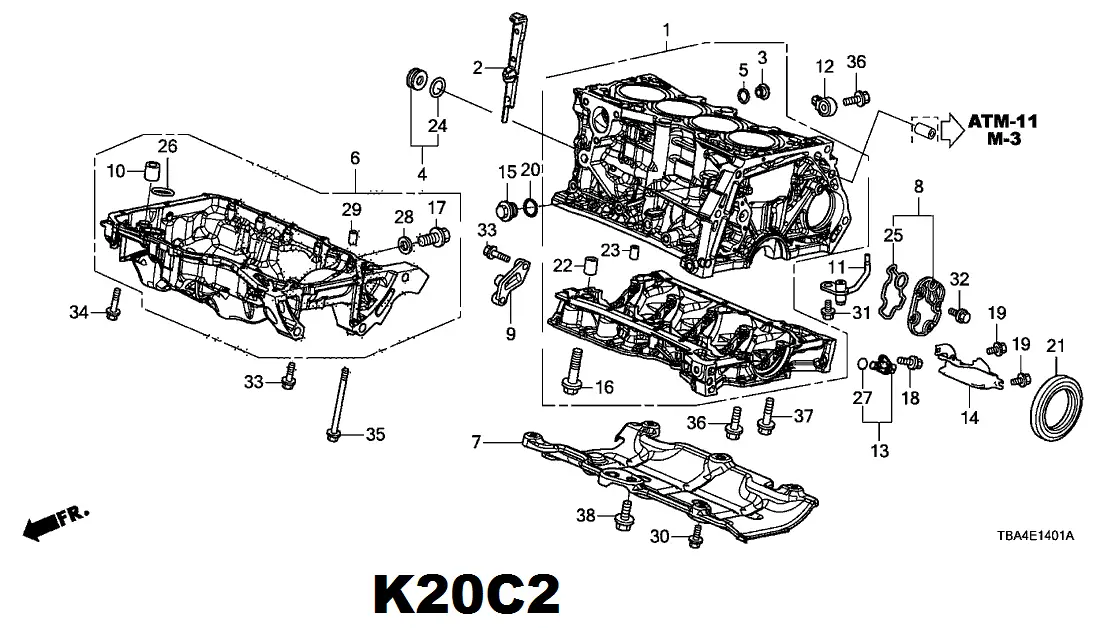
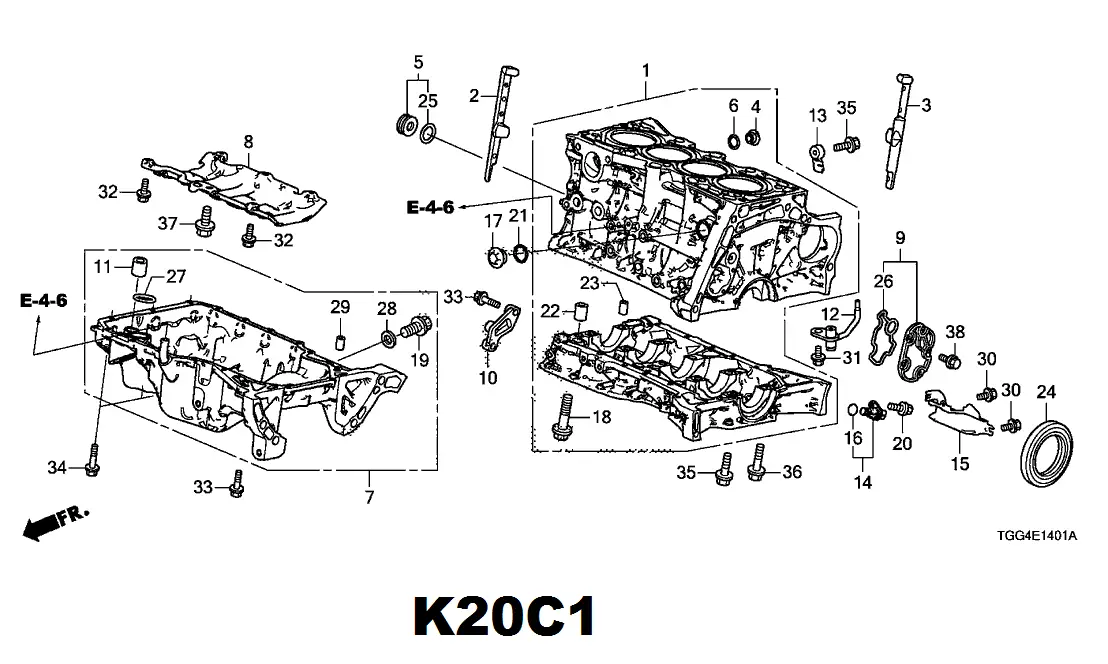
Starting with the block, from the bottom of the engine, looking at the oil pan and oil baffle assemblies on figures 6&7 and 7&8 respectively, the Civic Type R oil pan has a deeper design with an extra bolt on the oil pan baffle.
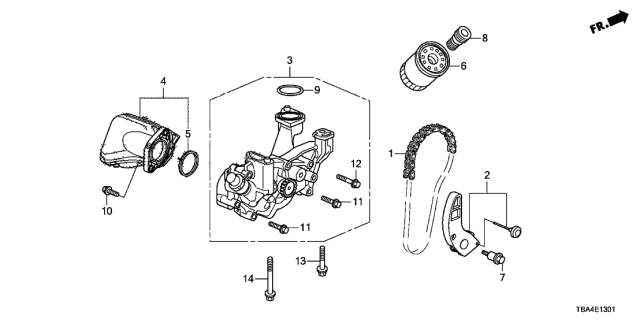
Both 2.0L engine have the same 5.7L QT oil capacity and similar (if not the same) oil pumps, despite having two different part numbers. The Civic Type R’s oil pump is made in Great Britain while the 2.0L NA oil pump is made in China.
Both blocks look similar, but there are small visual differences between both, an extra coolant seperator for the Type R for one. Even though they look the same, the NA 2.0L lists for $1,887 while the Civic Type R is loads cheaper at $967. The Type R being out longer might have something to do with that.

Here are the crankshafts, connecting rods and piston assemblies between the K20C1 and K20C2. I see no visual differences between the two, can you? The K20C2 has a 10.8:1 compression ratio while the K20C1 runs lower at 9.8:1.
Honda discontinued the Civic Type R crankshaft while the NA 2.0 one is still available. Both pistons and rods have different part numbers between the two engines.
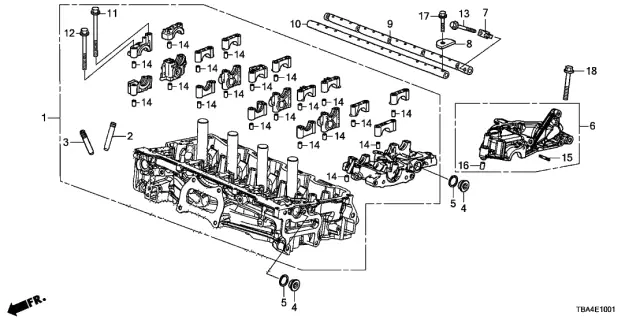
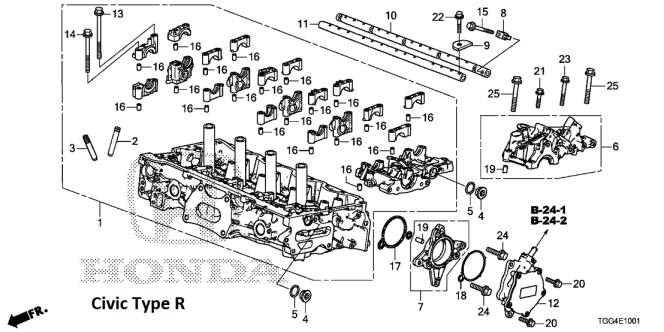
While both heads have built-in-water cooled exhaust manifold designs, unlike traditional K-series with multi-port exhaust manifolds, these new K20C heads are single port. Civic Type R heads come with vacuum pump assemblies as illustrated on Fig 12. Since the Type R is boosted, vacuum pumps create negative crankcase pressure, which means less blow-by, cleaner oil and more horsepower.
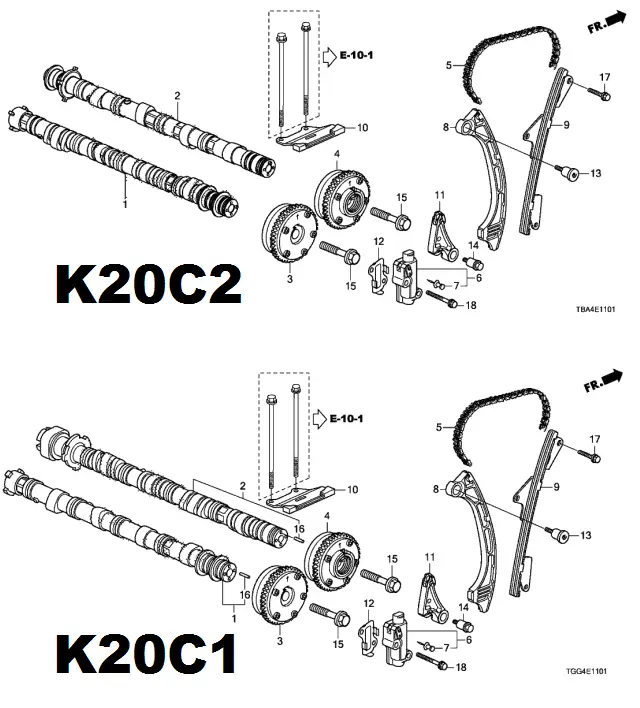
Both camshafts use i-VTEC technology but the K20C2 uses VTEC to change valve lift, timing and duration of the intake valves while the K20C1 only uses VTEC on the exhaust valves, hence the different cam profiles between the two. The Civic Type R cams also have a dowel pin to fix the cam gears while the NA 2.0 one does not.
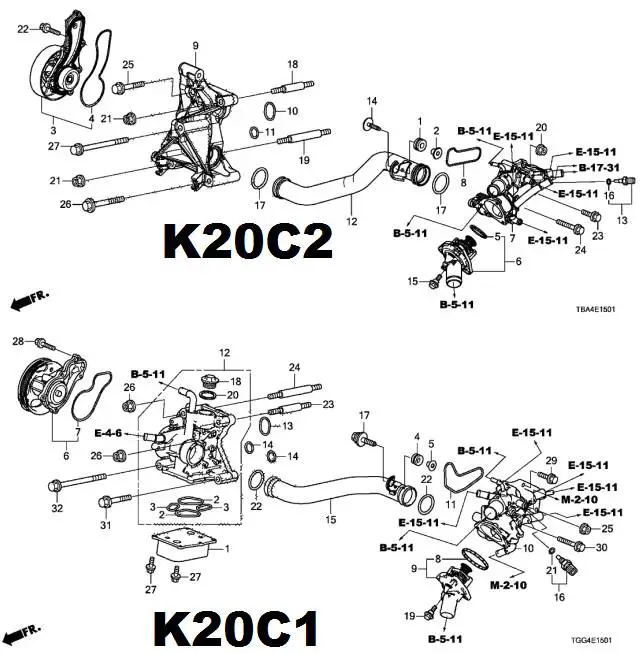
Keeping coolant cool here are the water pumps between the two. You’ll notice a liquid-to-liquid transfer plate engine oil cooler as seen on Figure 1 on the Civic Type R that the NA 2.0L does not get.
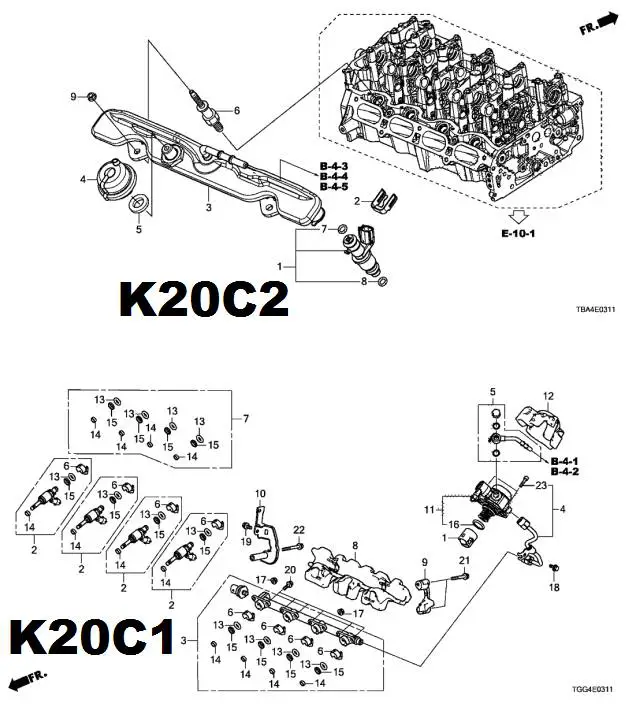
Here are the fuel systems between the two. The naturally aspirated 2.0L uses traditional port injection while the Civic Type R, with its high pressure fuel pump assembly in figure 11, uses direct injection.
It goes without saying, but the K20C1 comes with a factory turbo, intercooler, and all the supporting hardware.
Finally, sparkplugs, both call for Laser Iridium NGKs, but the Civic Type R calls for plugs with an 8 heat range while the 2.0L NA calls for hotter ones with a 7 heat range.
Conclusion
Both the K20C2 and K20C1 share a lot of similarities including block, rod and piston design. However, there are enough differences between the two that set them apart for boosted and non-boosted work. Not included in the hardware above, according to an tuner on CivicX.com, the ECU on the K20C2 “does not have the ability to interpret positive intake manifold pressure.”
This does bode well for the K20C2 knowing that both engines are similar architecturally. If equipped with a proper engine management system, I see no reason someone couldn’t throw a bit of boost the K20C2’s way. You would have to do your due diligence and make sure your K20C2 is getting enough fuel and cooling, both the K20C1 already has engineered in.
And, if a K20C2 owner wants to stick with bolt-ons and stay all-motor, this engine should respond to those add-ons well given a proper tune afterwards.
Both engines are stout and, when kept within their limits, reliable. That’s why I’m pleased to hear the K20C2 is continuing on as the base engine for the 11th gen Honda Civic.


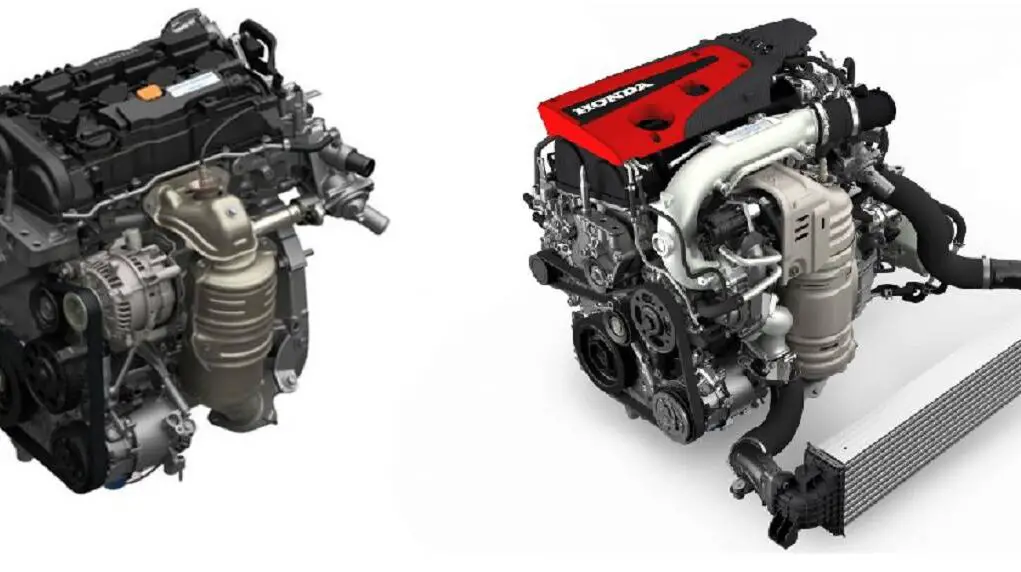

Does the ECU really not have the ability to read positive pressure? Can you really turbo without that? It seems that Full-Circuit Motorsports and Olsbergs MSE have both been successful in K20C2 forced induction, and the ktuner software appears to support adjustments based on positive PSI. In any case, I await a turbocharging solution for us common folk with bated breath.
Running into a similar problem, i cant decide whether to run a standalone ecu or attempt to remap the stock ecu
Thanks for the write-up and pictures.
I picked up a 2018 CPO Civic LX sedan (41,000 miles) just over three weeks ago, from a dealer. Man, I was shocked and still am by the performance of the K20C2. The power delivery is so responsive, it’s a great naturally aspirated feel. Not to mention the great fuel efficiency, with a heavy foot I’m getting well over 300 miles per tank. I got them to shave a few thousand off the price with a cash offer, it feels like a steal! Mostly drive in D (obviously eco off), and that’s plenty of power. When you pop it in sport mode… I truly can’t believe that’s a 158hp engine. With what I got for the price, I could not be happier! Those K20C’s are top tier engineering.